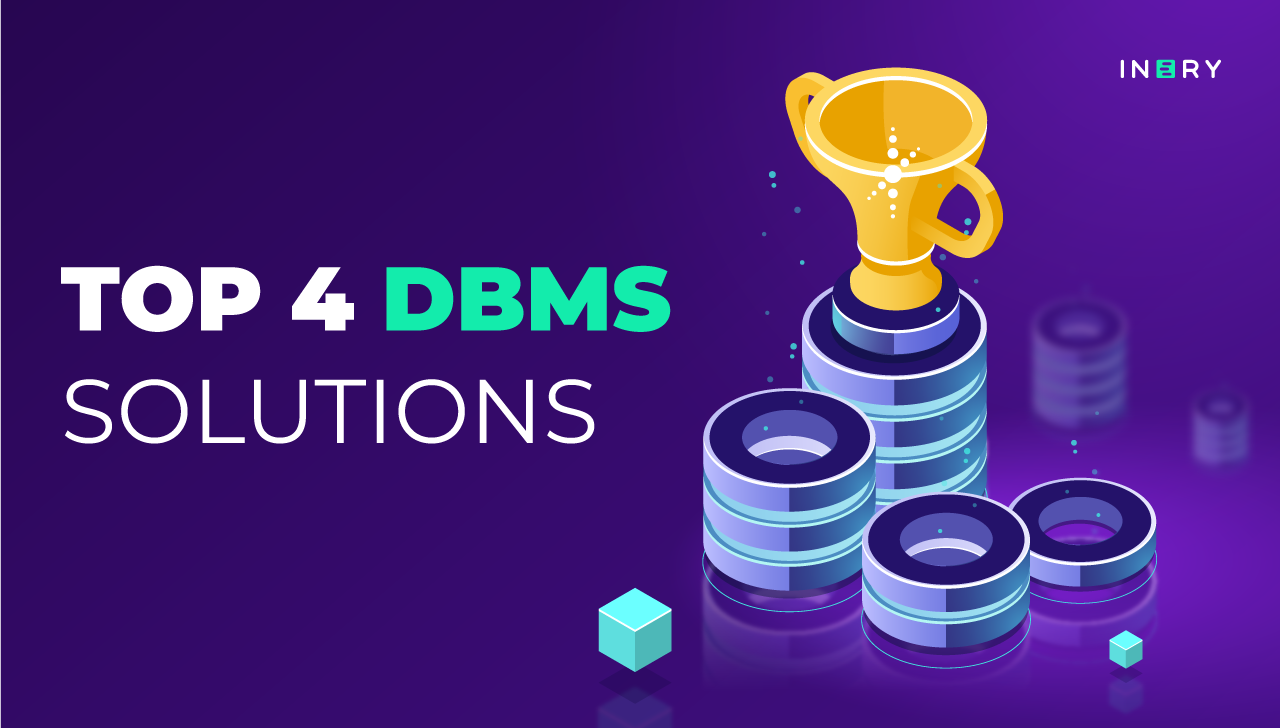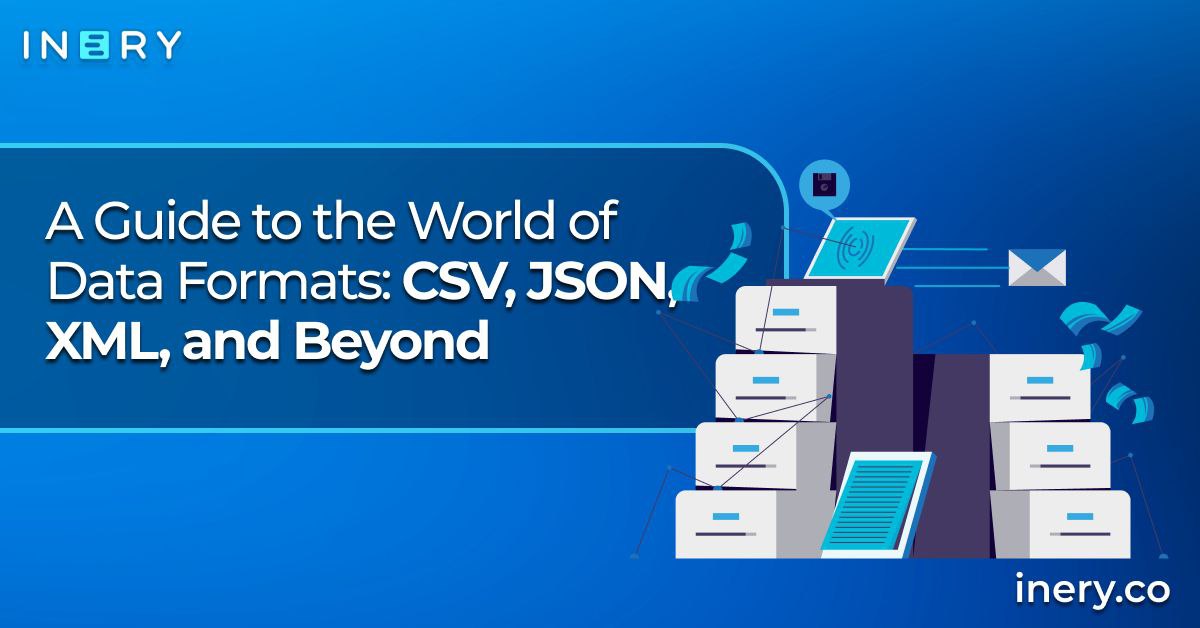The specific needs of a company dictate which database management system (DBMS) will be the most effective. Depending on their data formatting and retrieval requirements, one solution may prove a better fit than another.
The current market leaders in database management excel in metrics like scalability, security, and ease of use. They aren’t all equal in every regard, however; it’s wise for a company to understand whether a DBMS suits their needs and goals before they opt for it.
Below are the 4 best DBMS solution providers in the industry:
- MongoDB
- Redis
- Oracle DBMS
- IneryDB
1. MongoDB
MongoDB is a document-based, NoSQL database solution renowned for its flexibility and scalability, all the while remaining straightforward to use. Users can quickly install this open-source tool and set up their database, while lay-level users can get a hang of the basic commands in as little as 10 minutes or so.
MongoDB Advantages
- Scalable: MongoDB easily scales horizontally through sharding, maintaining high availability via replica sets of shards and config servers.
- Flexible: the dynamic schema capabilities of NoSQL databases like MongoDB are a great fit for managing unstructured data. Since there’s no need for a predefined schema, changing data formats or models has little impact on app performance.
- Affordable: the dedicated-server MongoDB package costs $57 per month, which includes storage space of 10GB-4TB, fine-grained access controls, and multi-cloud options.
- High speed: MongoDB has a reputation for high-performance capabilities owing to features like ETL tools (like Integrate.io), master/slave replication, and gridFS driver.
MongoDB Downsides
- Lack of joins: MongoDB lacks a streamlined approach for performing joins as a primarily non-relational database. While workarounds like $lookup exist, pulling data from multiple collections with a single query can be challenging.
- Index-related performance dips: Designing an efficient indexing model can be complex, particularly for developers who need to become more familiar with following the ESR rule. Careful consideration and planning are required to optimize index performance in MongoDB.
- Considerable memory requirements: MongoDB does not automatically free up disk space after data deletion, which can lead to increased memory usage over time. Additionally, MongoDB does not support storing data on a network drive, limiting storage options.
MongoDB Supported Languages
- C
- C++
- C#
- Go
- Java
- Node.js
- PHP
- Python
- Ruby
- Rust
- Scala
- Swift
Who Should Use MongoDB
Here are some viable MongoDB use cases to give you food for thought:
- Applications in need of smooth scaling
- Agile teams
- Cloud-based solutions
- Applications that deal with big data
- Developers that use MapReduce
- Social media sites
- Applications that process a lot of semi-structured or unstructured data
2. Redis
Redis (Remote Dictionary Server) is an open-source, in-memory DBMS for NoSQL. Its speed makes it a solid choice for web page caching and slashing page load time. Data on Redis consists of key-value pairs, which can be anything from strings and lists to hashes and sorted sets.
Redis Advantages
- High speed: Redis maintains low latency and generally high performance, with a maximum load level of 10W/s. It’s an in-memory database, so its performance doesn’t depend on hard disk I/O speed, but it does depend on available memory.
- Flexible persistence: Redis lets you configure durable storage options:
- Periodic snapshots (RDB)
- Logging every write operation (AOF)
- RDB + AOF
- No persistence
- Hashing: Redis hashes are a convenient, efficient record type to represent complex objects and boost read/write performance using minimal space. Moreover, they’re mutable, so changing them isn’t a hassle.
- Easy to set up and manage: a lot of Redis features are streamlined, saving time and code. For example, through hashing, you can move data to a store with a single line of code. Seeing that it’s open-source, it’s free and has tons of available repositories to make your life easier.
Redis Downsides
- All data is in memory: One of Redis's key features is storing all data in memory, which ensures lightning-fast data access. However, this approach also introduces a potential risk. If you don't regularly back up the data to disk, a system failure or power outage could lead to the loss of all data stored in memory. To mitigate this risk, it is essential to implement a backup system that periodically persists the data to disk.
- Tricky scalability: Redis achieves horizontal scalability by using clusters, which involve adding and managing multiple servers. However, setting up and managing Redis clusters can be more complex compared to vertical scalability. Certain features, such as snapshots, need to be manually configured. It is crucial to plan and design the cluster architecture carefully to ensure proper scalability and fault tolerance.
- Memory usage considerations: Redis extensively utilizes memory for its operations, including tasks like snapshotting and managing data sets (smembers). These memory-intensive operations can put a strain on the system's CPU and potentially lead to performance issues or even cluster crashes. To prevent such scenarios, Redis often requires a larger amount of memory than what might be expected based on the size of the stored data. Adequate memory allocation and monitoring are important to ensure optimal performance and system stability.
Redis Supported Languages
- ActionScript
- C
- C++
- C#
- Chicken
- Clojure
- Common Lisp
- Crystal
- D
- Dart
- Delphi[30]
- Elixir
- Erlang
- Go
- Haskell
- Haxe
- Io
- Java
- Nim
- JavaScript (Node.js)
- Julia
- Lua
- Objective-C
- OCaml
- Perl
- PHP
- Pure Data
- Python
- R
- Racket
- Ruby
- Rust
- Scala
- Smalltalk
- Swift
- Tcl
Who Should Use Redis
Redis is right for you if your project requires the following:
- Session caching
- Message broking
- Processing hot data
- Applications that rely on multiple atomic operations
- Leaderboards
- Fast page load times
- Full page cache
3. Oracle DBMS
Oracle DBMS (Oracle Database or Oracle for short) is a multi-model database management system mostly utilized in enterprise-scale grid computing. It’s a widely used database solution, largely due to its long-standing reputation and abundant features and add-ons.
Oracle DBMS Advantages
- Choice of features: Oracle DBMS is brimming with features that add functionality. DbVisualizer, SQuirreL SQL, SQL* Plus, MyORA, RazorSQL—we could go on for hours.
- Scalability: be it horizontally through Real Application Clusters, vertically by adding CPU/RAM/disk, or a combination of the two, scaling with Oracle is relatively easy, even with large databases.
- Failure Recovery: Oracle’s Recovery Manager (RMAN) restores or recovers database files in case of outages or other system failures. With continuous, online, and archived backups archiving at your disposal, your data will have a safety net at all times.
- Availability of support: Oracle has a strong support structure for its customers. Round-the-clock agents are available round the clock in case something goes south. Nine times out of ten, they’re quite helpful, and they’re intimately familiar with the technical side of things.
Oracle DBMS Downsides
- More complicated to use: as a silver-haired multi-platform DB, Oracle has some frustrating layers at installation to deal with. All the add-ons only add to the confusion, if you’ll pardon the pun. For many enterprises, an Oracle database will cause headaches if they don’t have a skilled DBA on board.
- Cost: Oracle costs around $22k per server core on average (standard edition). The pricing varies based on a ton of factors—there are entire guides online just for determining how much Oracle’s services may cost you—but this DBMS is a bit costly, especially compared to open-source alternatives.
- First-hand documentation: It’s widely agreed upon that Oracle’s documentation isn’t stellar, with errors or typos in their online tutorials being somewhat common. Luckily, third-party documentation is easy to find, so this isn’t a major issue.
Oracle Supported Languages
- C
- C#
- C++
- Clojure
- Cobol
- Delphi
- Eiffel
- Erlang
- Fortran
- Groovy
- Haskell
- Java
- JavaScript
- Lisp
- Objective C
- OCaml
- Perl
- PHP
- Python
- R
- Ruby
- Scala
- Tcl
- Visual Basic
Who Should Use Oracle DBMS
The following use cases are Oracle DBMS’s forte:
- Enterprises with large databases
- A project that uses one database for all data types
- Identity management solution providers
- Programs in need of rapid backup and recovery
- Quickly scaling projects
- Non-web applications
4. IneryDB
IneryDB is a blockchain-based DBMS solution that emphasizes three things:
- Data security
- Data autonomy
- Providing both SQL and NoSQL (HybridSQL)
IneryDB Advantages
- Speed: IneryDB can handle as many as >10,000 transactions per second, with a block creation time of under 0.5 seconds (0.2 on local). It isn’t demanding in terms of CPU, and the Proof of Equal Stake consensus protocol keeps transactions efficient compared to other blockchain solutions.
- Data security: one of the biggest perks of IneryDB lies in its decentralization. It doesn’t have a single point of failure, so it has a high level of partition tolerance. Breakdowns in connection won’t cripple the entire network, and it’s difficult to lose data. Meanwhile, data encryption helps keep client data secure, and data integrity remains high due to the blockchain’s immutability.
- Flexibility: IneryDB offers a fair deal of flexibility, mostly due to the fact it quickly takes in SQL and NoSQL data. But it also has complex query capabilities, high CRUD functionality, a powerful query API, and a streamlined GUI to make all this easier to pull off.
- Affordable: the Inery Blockchain allows for very efficient, low-fee transactions and memory management. Fees are only necessary during storage memory transactions allocated in the blockchain state database.
IneryDB Downsides
- A new approach to DBMS: making a DBMS on a layer-1 blockchain hasn’t really been done before. As such, IneryDB might feel jarring to use at first. That said, the documentation is solid, so new users won’t struggle with the transition.
- The GUI is really streamlined: Granted, this might seem like a compliment disguised as a critique. However, most DB devs are used to a more “crammed” design with a lot of options just a click away. IneryDB’s cleaner GUI may take a little more getting used to because of this.
IneryDB Supported Languages
- C++
- C-sharp
- Java
- Javascript
- Node.js
- PHP
- Python
- Laravel
- TypeScript
Who Should Use IneryDB
Here are some instances where IneryDB is a strong solution:
- Management of sensitive data where transactions need to be consistent (e.g., financial apps)
- Data that cannot be changed, corrupted, or tampered with
- Real-time tracking of data
- Projects that rely on a single point of truth
- Networks that need to operate at high efficiency 24/7
- Digital ID curation
- Systems with multiple departments under a unifying data network
- Companies moving from Web2 to Web3
Final Words
As we have explored the top 4 DBMS solutions of 2023, it is clear that IneryDB offers a revolutionary approach to data management. With its emphasis on data security, autonomy, and hybrid SQL capabilities, IneryDB provides a powerful and efficient solution for businesses and projects of all sizes. Whether you need consistent transactions for financial apps, tamper-proof data integrity, or real-time tracking capabilities, IneryDB delivers.
Join the ranks of forward-thinking organizations and embrace the cutting-edge technology of IneryDB. The future of database management is here, and it starts with IneryDB.

Inery•
3 years ago
Our Vision for Healthcare: Bringing Privacy Back
Value-creation for healthcare data sharing on a decentralized infrastructure. ...READ MORE
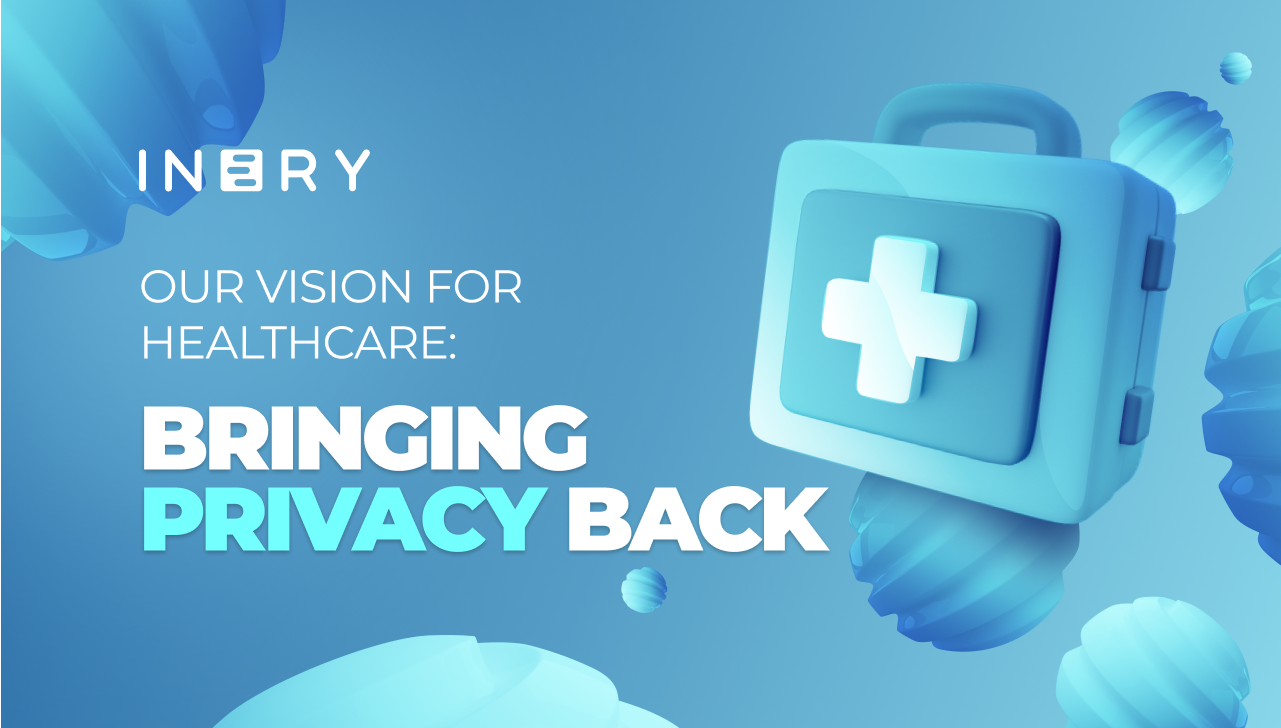
Share

Inery•
3 years ago
Our Vision for Metaverse: To Connect a Disconnected World
Changing the dynamics of metaverse from a platform-specific approach to the interoperability of content between different platforms. ...READ MORE
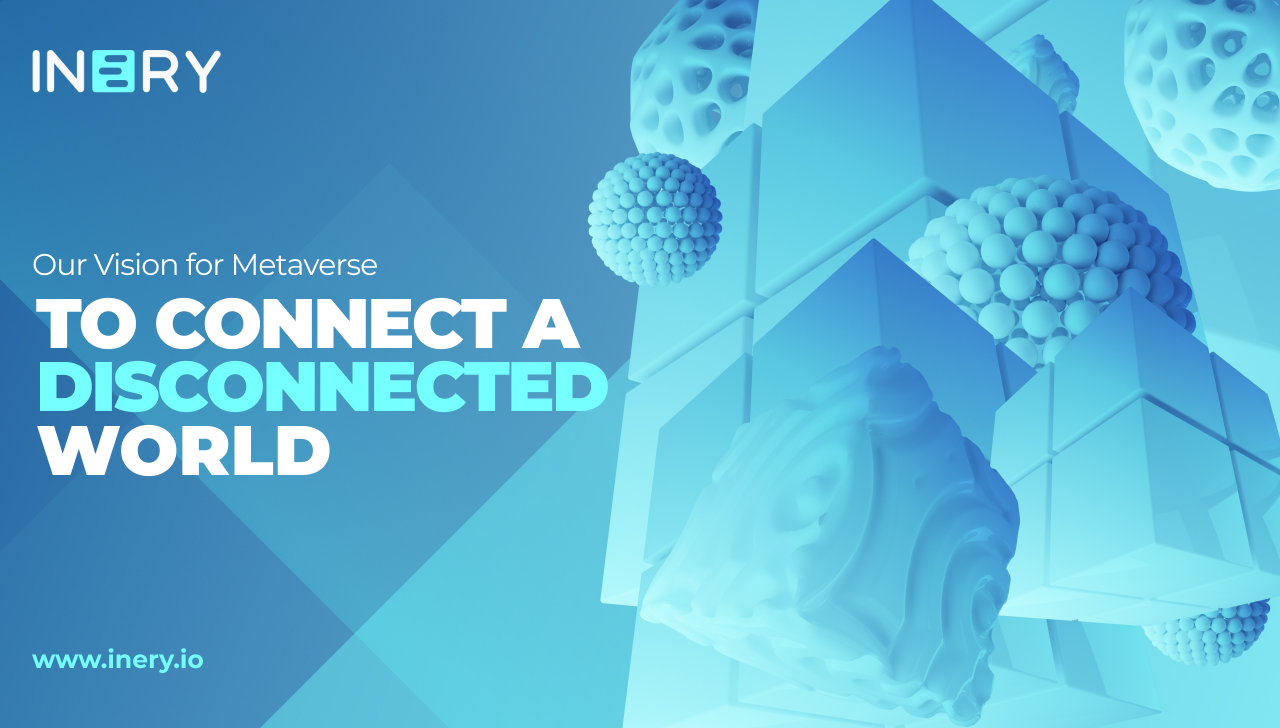
Share

Inery•
3 years ago
What is Inery?
A deep dive into Inery, the problem we are solving, use-cases, a look at team and advisors ...READ MORE
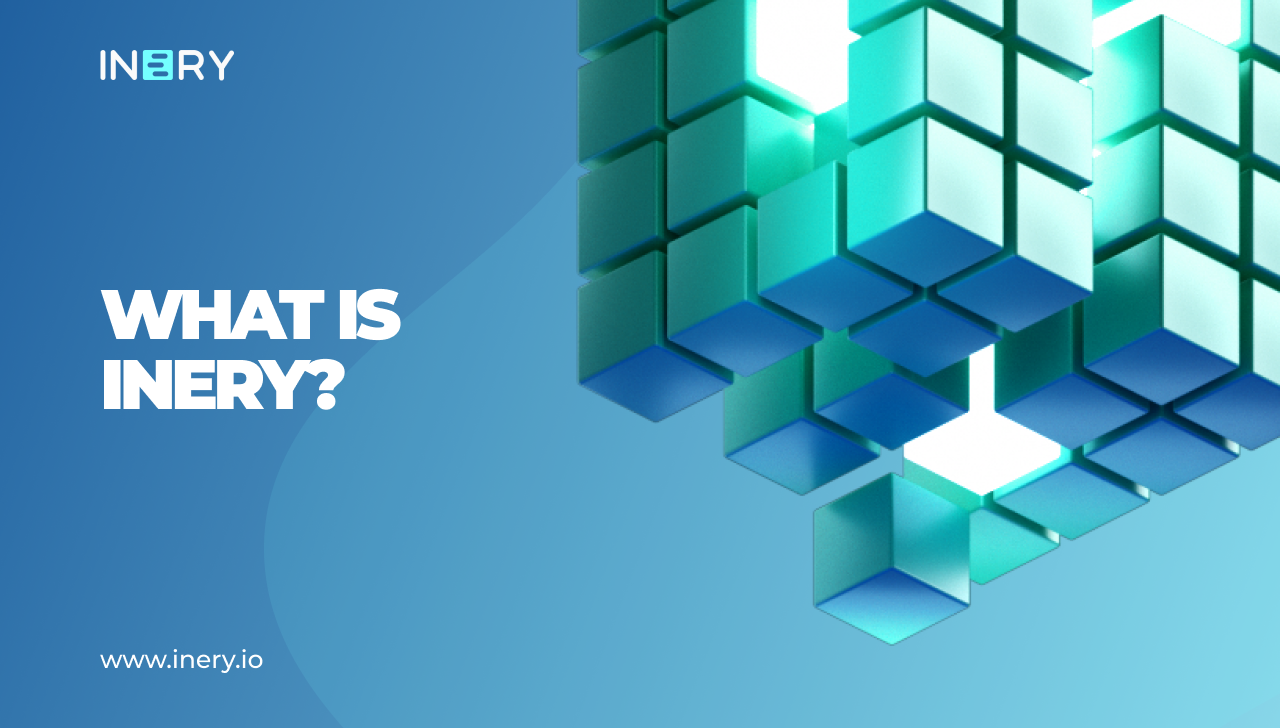
Share

Inery•
5 months ago
The Time Capsules of The Future: DLT-Powered Preservation
How DLT is redefining time capsules, from physical artifacts in boxes to encrypted, smart-contract-triggered digital vaults. What they are, how they work, and where Inery fits into this future. ...READ MORE
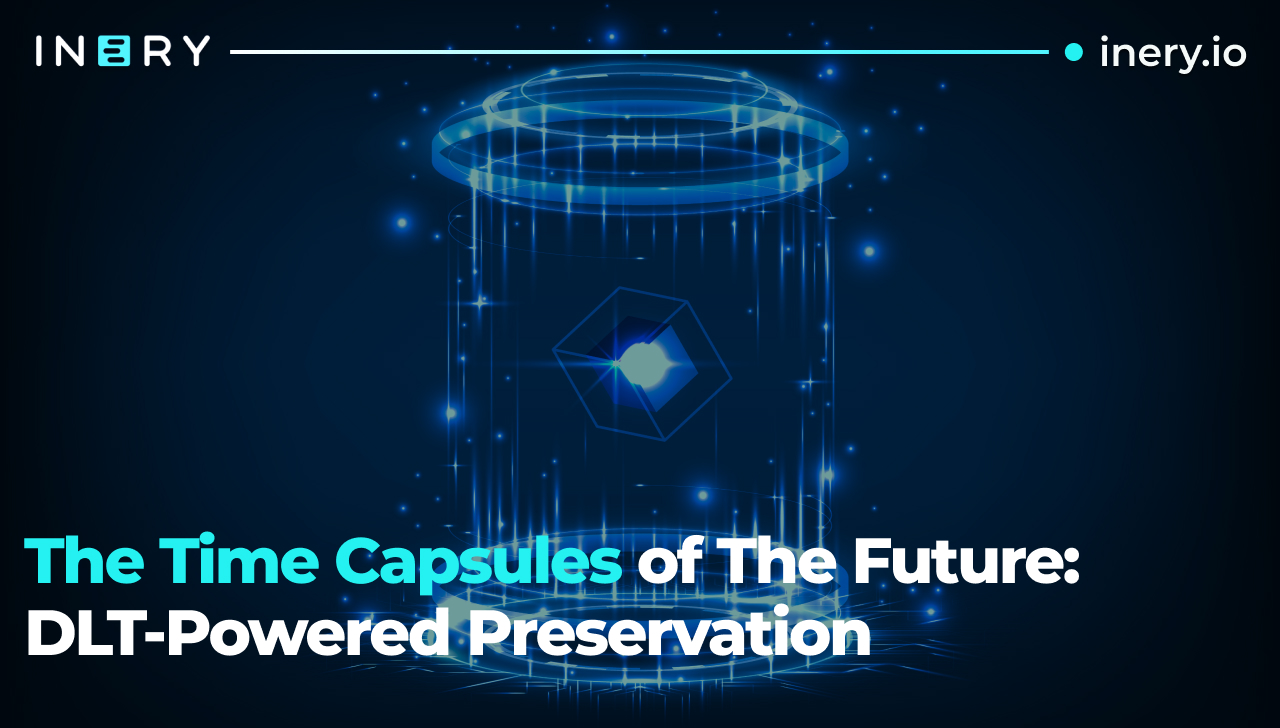
Share
Most popular today

